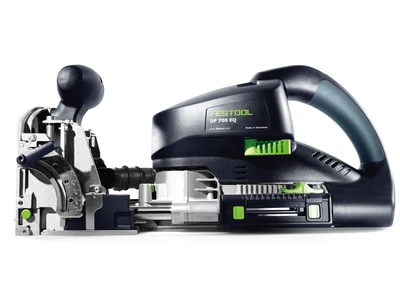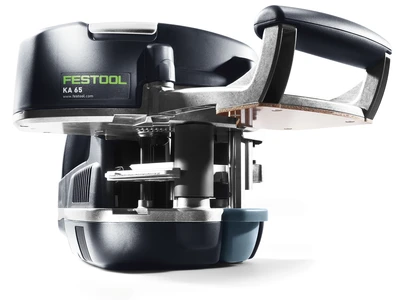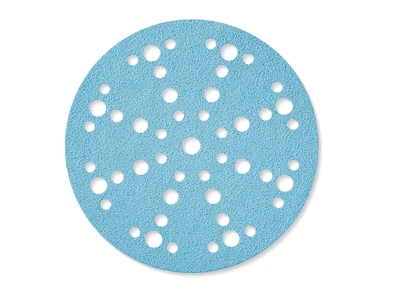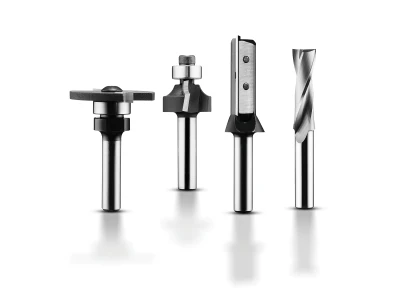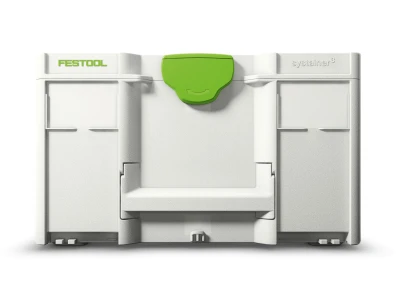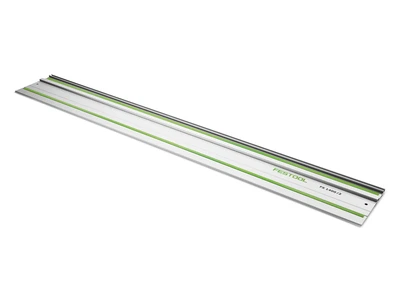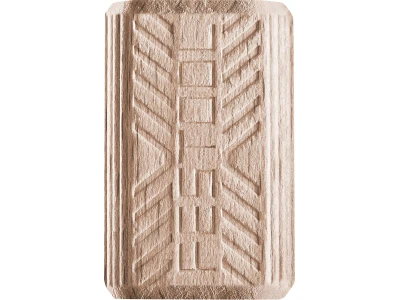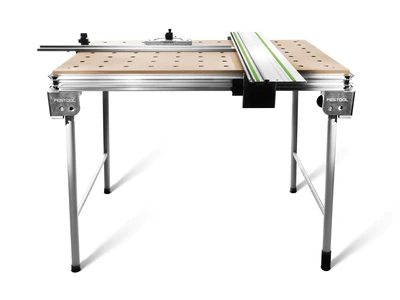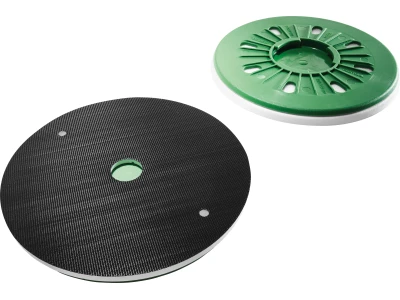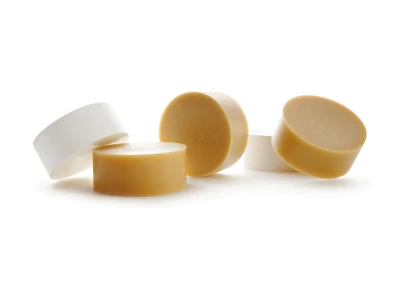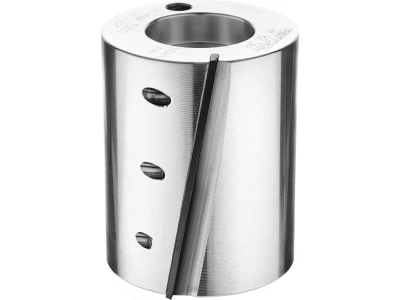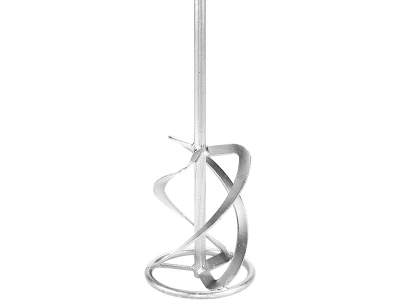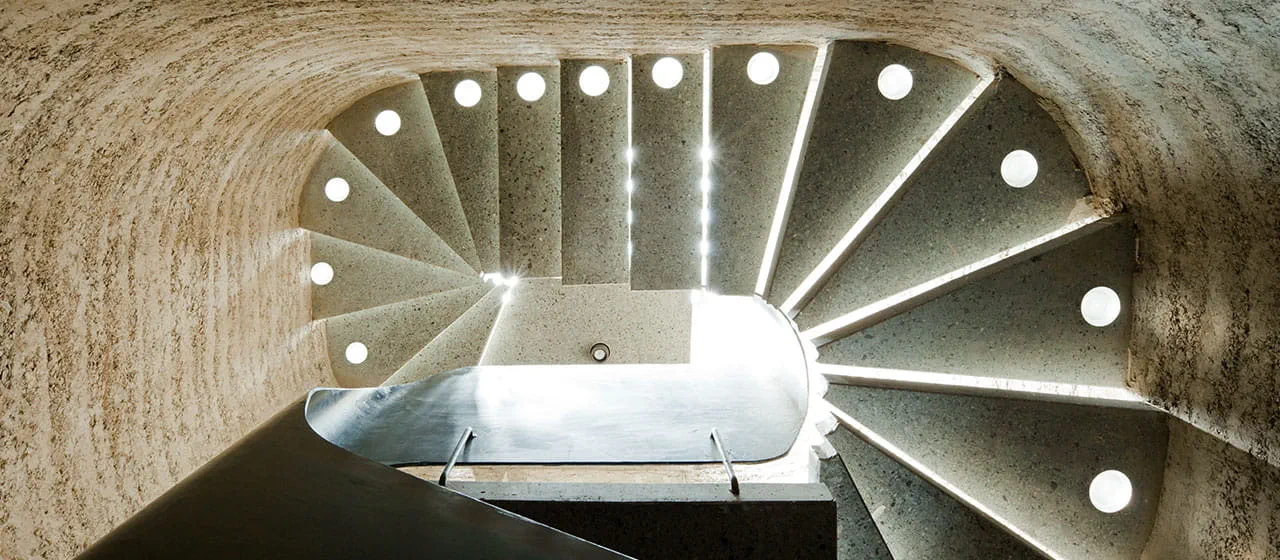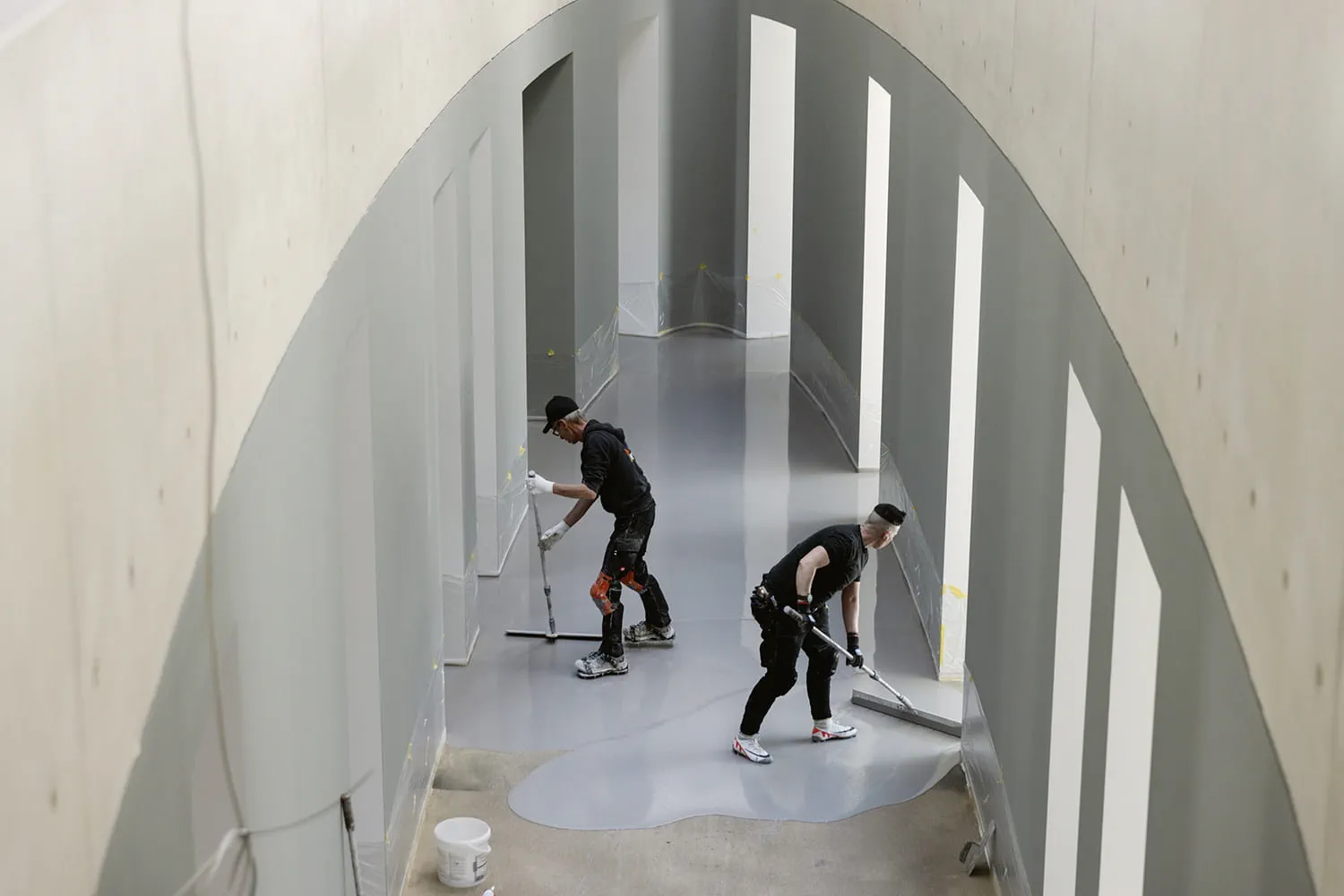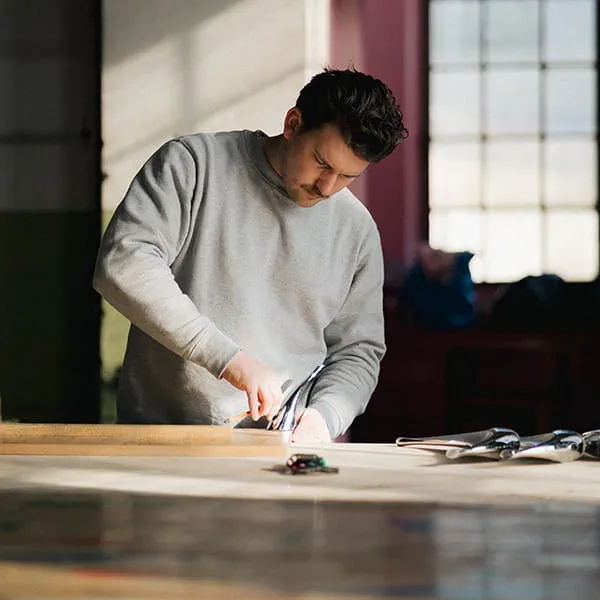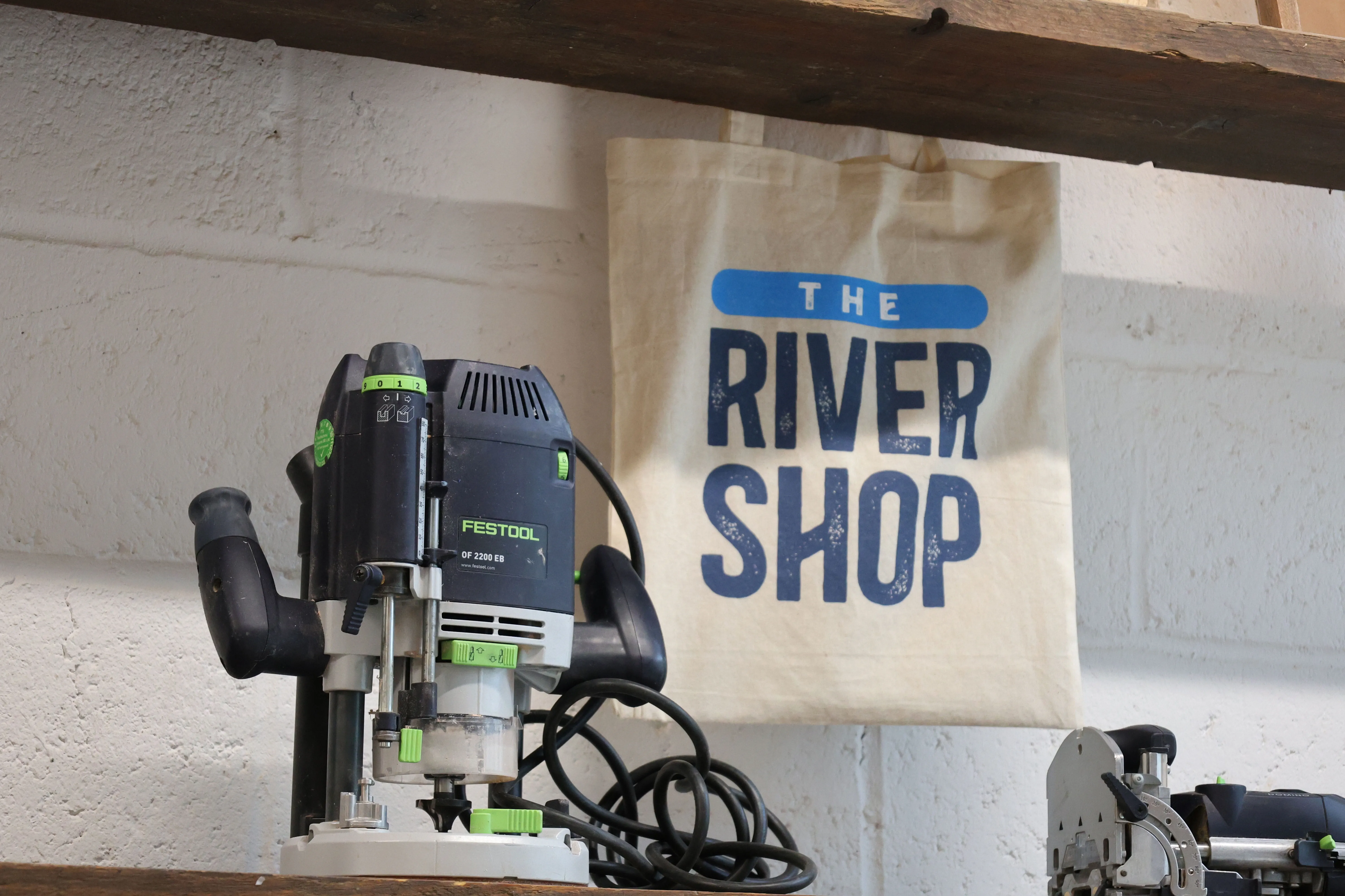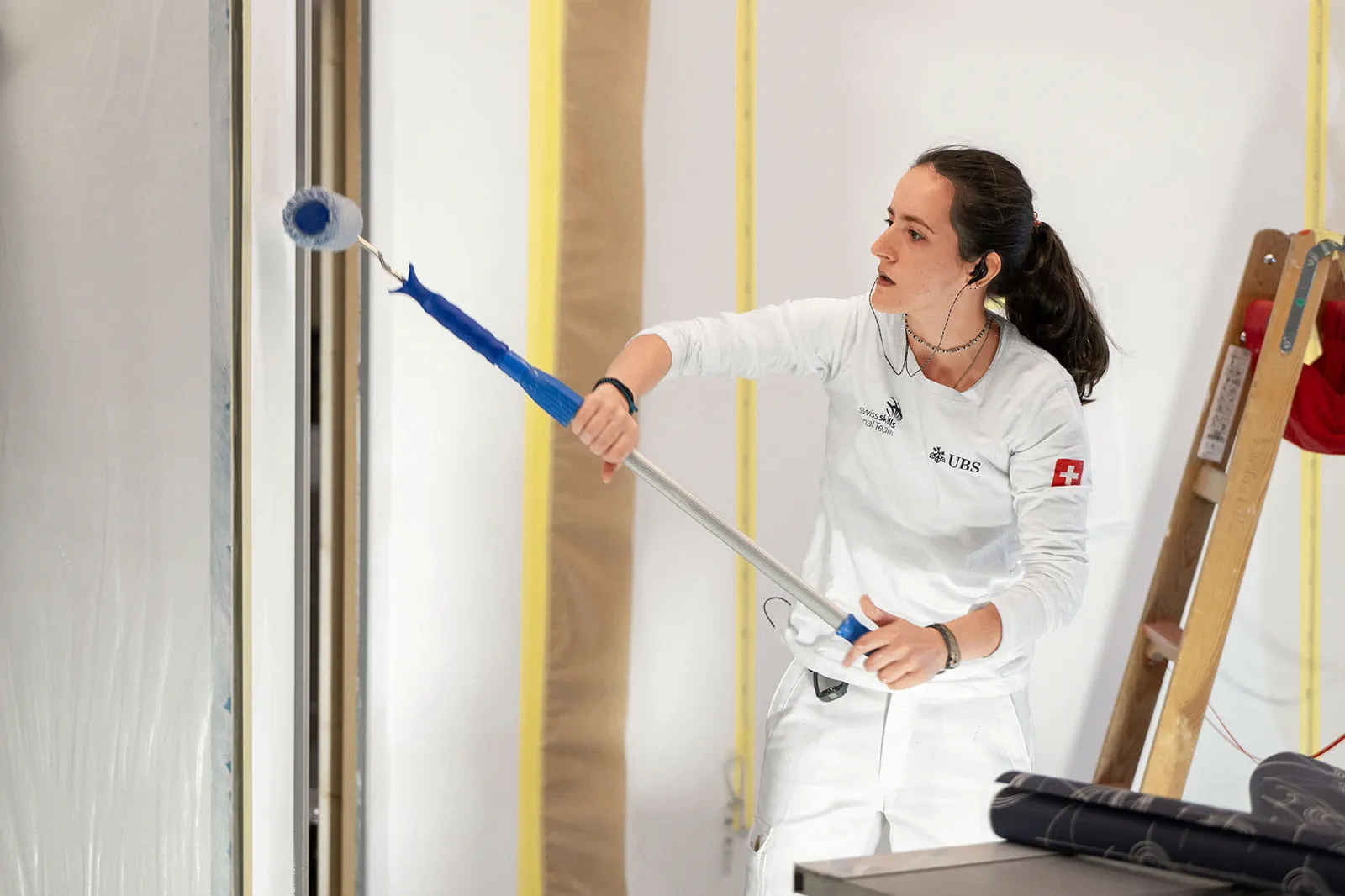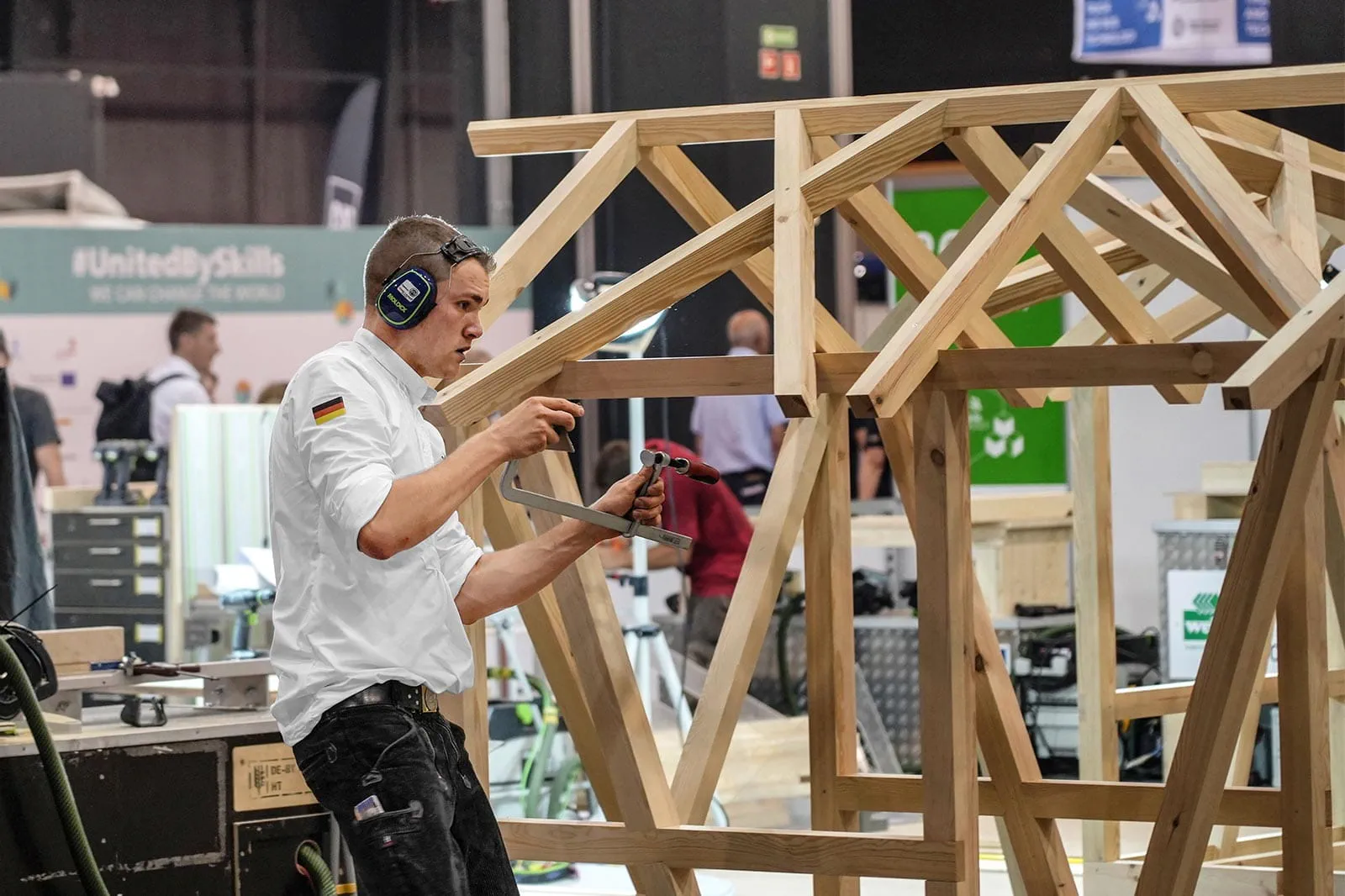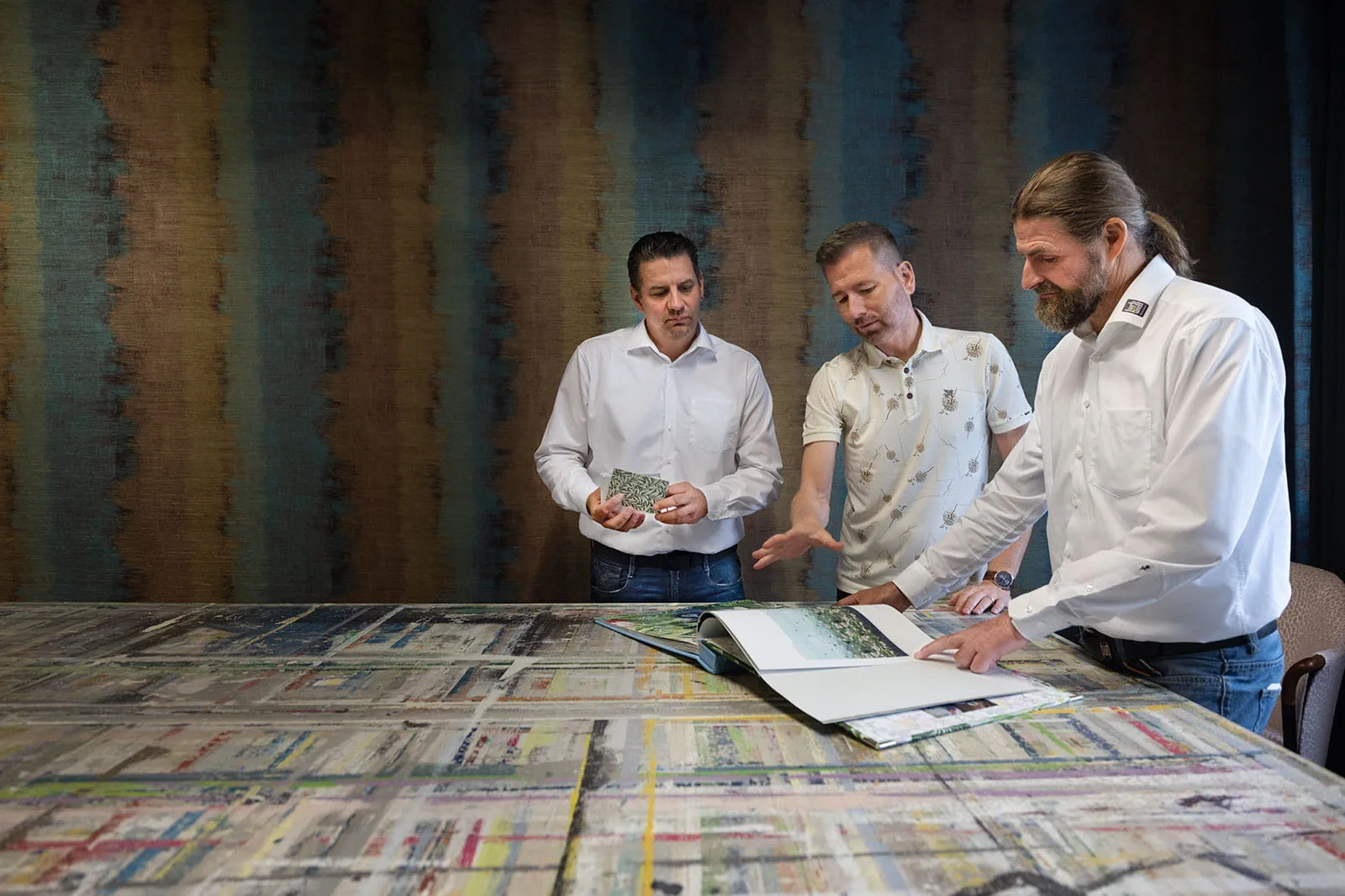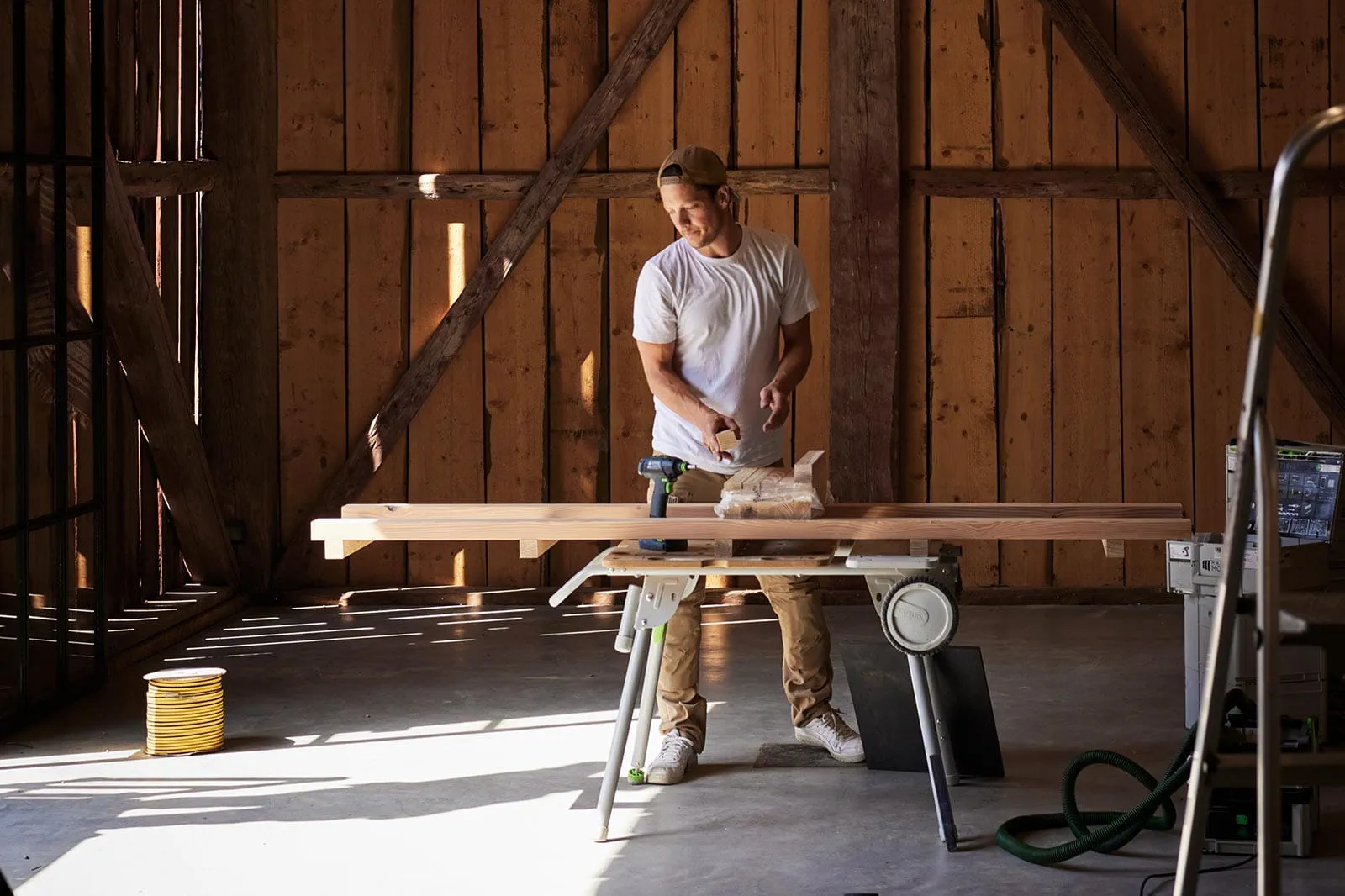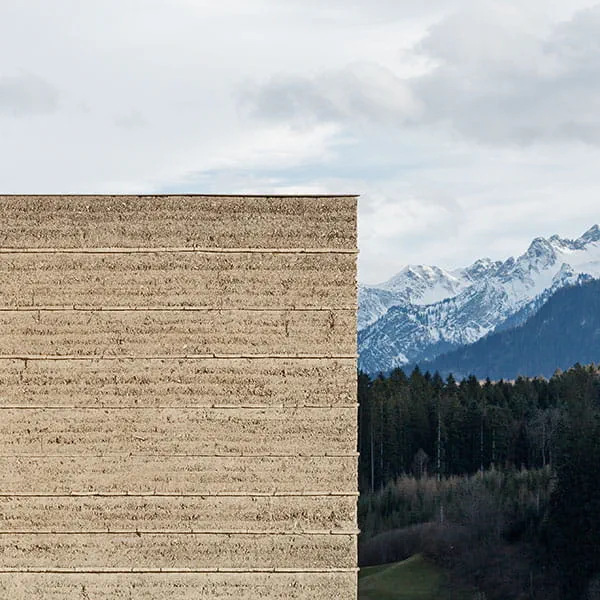
Living with clay
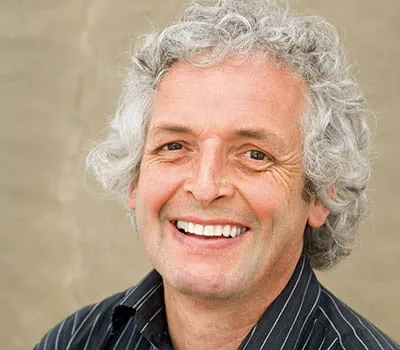
Martin Rauch
Clay expert
Martin Rauch started his studies at the College of Ceramics and Kiln Engineering in Stoob, Austria, in 1974. In 1978 he transferred to the University of Applied Arts Vienna, where he graduated in 1983 with his work on ‘Loam Clay Earth’. In 1990 he began working on the design, planning and implementation of clay construction projects both in Austria and abroad. He founded Lehm Ton Erde Baukunst GmbH in Schlins in Vorarlberg in 1999. He has been an honorary professor of the UNESCO Chair of Earthen Architecture since 2010 and a guest lecturer at the Department of Architecture at ETH Zurich since 2014. The new book ‘Upscaling Earth’ was published recently by Martin Rauch together with Anna Heringer and Lindsay Blair Howe.
Clay is experiencing a renaissance in these times of ecological and sustainable building. But people have known about the special qualities of this material for millennia already. Why is clay only now coming up again?
I’ve been asking myself that for more than 30 years. For thousands of years, we’ve used clay directly from the ground to build houses. The first houses in rammed earth construction came into being around 3,000 years ago. Clay is a material that is available almost everywhere and is very versatile. It can be processed using very little energy and is 100% recyclable. What’s more, clay – and it doesn’t matter if it is used as clay plaster or rammed earth – creates a healthy indoor climate and is completely free of harmful substances.
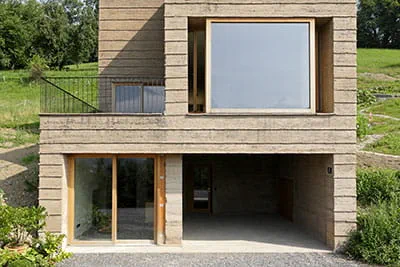
Why has clay fallen out of use?
At our latitudes, clay was used everywhere right up until the 1930s. But at some point the material got a bad reputation because it was seen as too ‘primitive’. The ‘more modern’ concrete overshadowed everything else because it could be manufactured on an industrial scale and was very cost-effective to work with. I don’t have anything against concrete as a construction material, but the inflationary use of it and the high energy requirement for it does raise big problems. China installed more cement in 2011 to 2013 than the USA did in the last 100 years. The manufacture and processing of reinforced concrete are responsible for 14 per cent of global CO2 emissions. In the meantime, people are increasingly considering the qualities of clay construction because they are perhaps thinking more seriously about how we want to live, today and in the future.
‘Clay construction is gaining more and more advocates. What we need above all are specialists who can work with the material!’
Martin Rauch
It's quite astounding that something so old and traditional is suddenly seen as innovative and forward-looking.
Yes, that’s how it really is. And yet the idea is not easy to sell. Mainly you need proof that we can use a ‘primitive’ material like clay to create buildings that are not just modern but also even progressive.
Is that why you built your own house completely in a rammed earth construction?
Yes, that was twelve years ago. It’s built in the style of an African clay hut, in line with modern European standards. I designed it with architect Roger Boltshauser. It was an experiment that incorporated lots of experience. But ultimately the years have proven that everything is working exactly the way we planned it: structurally, aesthetically, climate-wise and acoustically. If I had to do it again, I would build this house exactly the same way.
And clay construction works on a large scale as well – for public and commercial buildings just like for private residences?
If you design a building appropriately for the material, virtually anything is possible. It’s more a question of what the most cost-effective approach to rammed earth construction would be. When we built the house, of course, a lot of it was created and executed by hand, which for the bottom line meant around 30 per cent more working time. In 2012 when we constructed the Ricola Herb Centre in Laufen near Basel, we worked with prefabricated rammed earth elements on a large scale for the first time. For the Alnatura Campus in Darmstadt, Europe’s largest office building made of clay, we developed a machine that would manufacture the rammed earth elements on site. Here in Schlins we are currently building a new factory hall where rammed earth products will be manufactured on machinery in future.
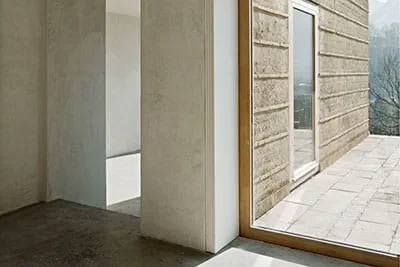
So does that mean you will be supplying customers from here?
No. That would go against our ethos, because the positive ecobalance of clay construction is based on the fact that the material is sourced locally and not transported over hundreds of kilometres. For the rammed earth walls in the Ricola Herb Centre, we actually sourced all of the necessary materials from a radius of eight kilometres. For Alnatura it was a bit different because we used the excavated material from the major Stuttgart 21 project for the most part. In general we reuse material that would otherwise need to be taken away and disposed of at great expense. And there is more than enough of those materials to choose from. A few years ago, for example, Parisian architectural firm Joly & Loiret initiated a project that we were involved in. It is truly visionary and at the same time, it solves a problem that very few are aware of: in the course of construction and earthworks just in the metropolitan area of Paris alone, four million cubic metres of excavated clay are removed and disposed of each year. That is an unbelievable amount, which could be used to build a great number of homes and entire quarters in rammed earth construction.
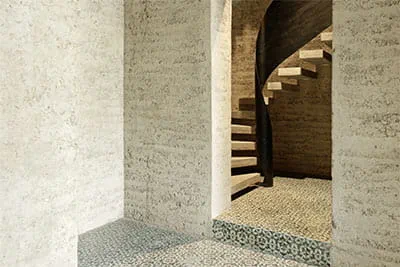
The call for sustainable concepts and solutions is getting louder and louder. Are you seeing greater demand as a result?
FM: The call for sustainable concepts and solutions is getting louder and louder. Are you seeing greater demand as a result?MR: Yes, definitely. We are noticing that in tenders for public or private construction projects, the topic of sustainable building is being given increasingly more weight. There no lobby behind clay construction, but it is gaining more and more advocates all the same. And that is good. What we need above all are specialists who can work with the material! That’s why I also campaign for clay construction to be promoted more strenuously in universities, technical colleges and in workshops. Making the use of clay construction more widespread is the actual goal. When we achieve that, then it will be a vision with a future.










